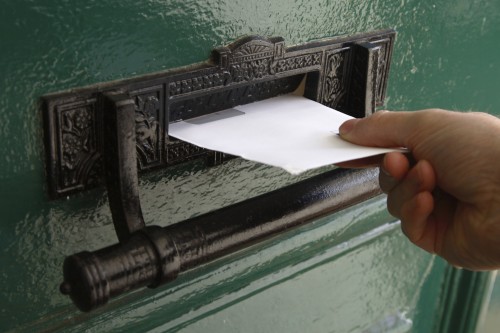Essential WordPress security guidelines
WordPress blogs and websites require security measures to protect from unwanted intrusions or hacking. WordPress security guidelines include secret keys, plugin and security permissions for blog or website. These security measures and methods provide options for ensuring website and blog safety. In this article, we would discuss the essential WordPress security guidelines.
Apache protect
For protecting a WordPress website, plugin must be installed from “ask apache”. This plugin adds to WordPress website or blog protection with 401 authorizations. These can be controlled from WP admin panel. Apache protect is a security measure using a simple plugin.
SFTP over FTP
Secure file transfer protocol or FTP over SSH as a security measure should be used instead of FTP whenever one accesses a WordPress website. Connecting through an SFTP is simpler and web hosting plans would include these early on. The SFTP is connected through from default. SFTP is for experienced users and customers using WordPress.
Encrypted browsing
A difficult but necessary guideline to follow for protecting and securing password is to encrypt the overall browsing session. WordPress login information is sent over the World Wide Web as scrambled message while logging into admin account. This is one of the more stronger ways to protect passwords for WordPress.
Utilize secret keys
A secret key is a hashing salt used against the password that makes it even more stronger. These secret keys get included within the wp-config.php file. The current WordPress cookies get invalidated and essentially the user needs to log in again. Secret keys are a great benefit to password protection for WordPress.
Disabling directory browsing
Directory browsing disablement is possible from adding the given code to .htaccess file that is present within the root directory. Numerous users and new bloggers do not use security for their blog directories which have no default index file. Therefore accessing the directory or logging in can reveal all of the content and is potentially harmful for blog or website security.
Customized permissions
For securing a WordPress blog or website, numerous permissions provided within a WordPress site must be ordered and sized relevant to the blog or site. These user permissions are also customizable. Using these permissions for site needs to be utilized for effective security. WordPress provides the opportunity to install these user permissions or customize these through plugin.
Deleting install.php
Install.php is a difficult file to maintain being provided by WordPress. Within the WordPress site or blog this file can be controlled by hacking in time of server losses or downtimes. Therefore numerous experienced users are now advocating a deletion of install.php. This is a simpler method to check and maintain website security.
Deleting references
Footer.php file is relevant to WordPress security and comprises of removing all the descriptions of “powered by WordPress”. All these scripts including the version descriptions and also the descriptions including “powered from”, “proudly made” must necessarily be deleted. Users must be aware of not including anything in the scripts that might look similar.
Changing username
By default the username for WordPress blog or website is “admin”. One needs to delete this username as it is capable of being used and the WordPress website can be hacked. Methods to work through the username are to enter another account with different username and delete the default user account. Another technique is to enter mySQL WordPress database and changing the username from admin to a unique word.
Backups
Maintaining regular backups to WordPress website, database and also content through WordPress plugins is a necessary step ahead in security for WordPress website. Backing up WordPress website and blog content is simple from necessary security plugins.
Conclusion
The security guidelines for a WordPress website provide necessary and essential protection. In this article, we have discussed the essential security guidelines for WordPress. Readers of the article are invited to submit their comments and views.



